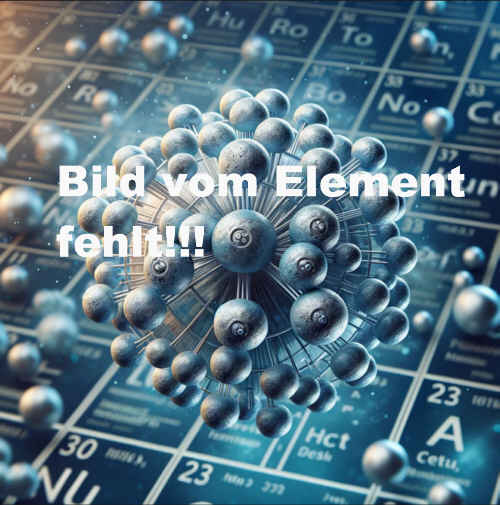
Chemische Elemente
Gallium
(Ga)

Allgemeine Einordnung
Gallium hat im Periodensystem die Ordnungszahl 31.
Eigenschaften
Gallium ist ein chemisches Element, welches eher selten vorkommt. In der Natur kommt dieses weiche Element nur
in geringen Mengen vor. Als Metall besitzt Gallium eine silberweiße Farbe. Der Schmelzpunkt von Gallium ist recht
niedrig bei 29,76 °C. Im flüssigen Zustand besitzt es eine Dichte von 3,2 Prozent.
Herstellung
-
Verwendung
-
Entdecker
-